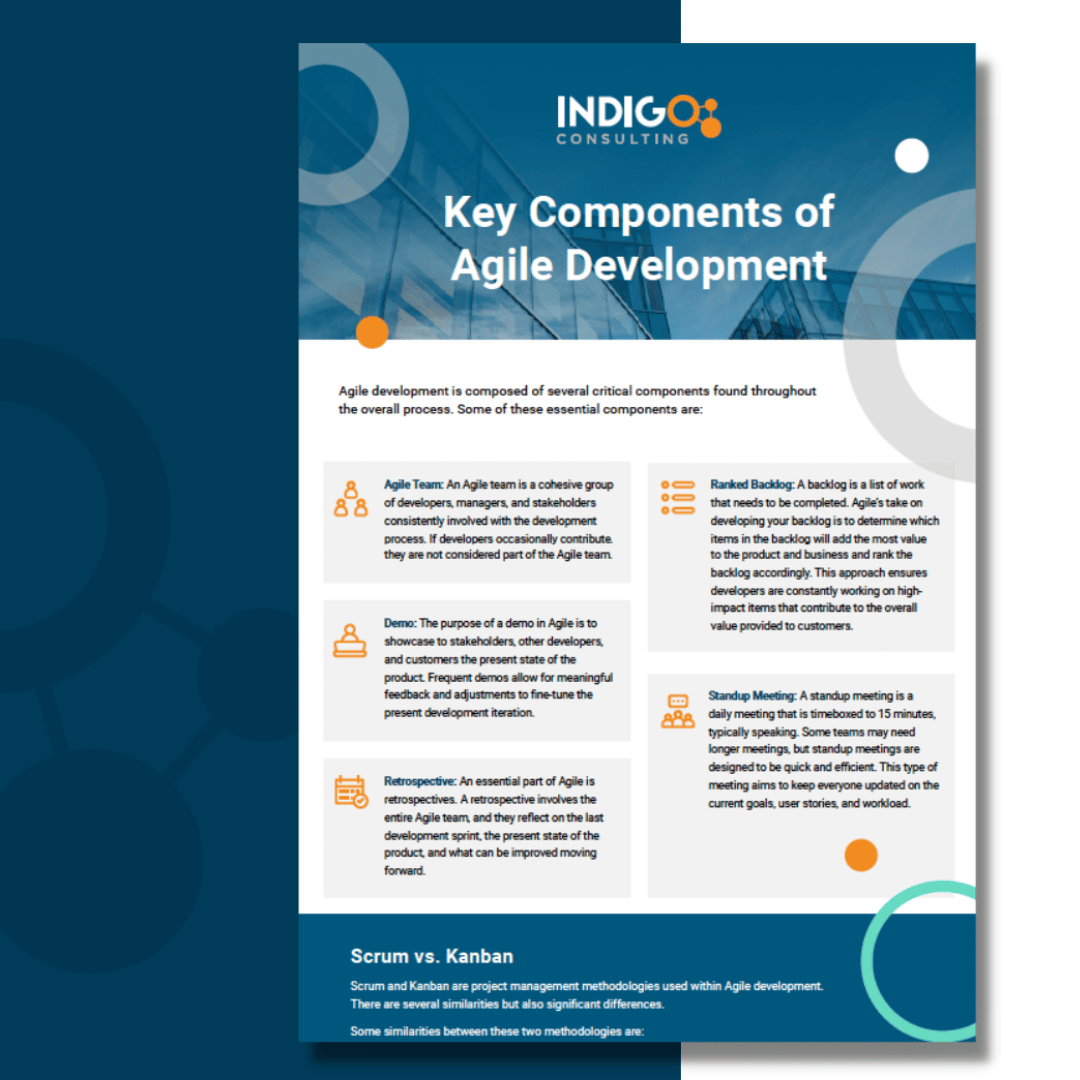
Physical workspaces and boundaries seem less relevant than ever before today, especially with how interconnected modern workplaces and tech stacks have become.
The world has been on the path towards digital transformation for years. COVID-19, however, caused everything to surge forward. It accelerated cloud adoption, forced us to transition to distributed work, and dissolved what little remained of the security perimeter.
And with the dissolution of the perimeter, traditional network access was rendered functionally obsolete. Businesses can no longer rely on whitelists, password-based authentication, and firewalls. Nor can they continue moving forward with a mindset centered around traditional network access.
What they need instead is Identity and Access Management (IAM). IAM shifts the focus of access management from devices and physical location to user and machine identities. Gartner notes that it “enables the right individuals to access the right resources at the right times for the right reasons.”
IAM is foundational not just to digital transformation projects, but for day-to-day operations in a digitally-focused enterprise. Yet for all that enterprises appear to acknowledge the value and importance of IAM, there are staggeringly few mature IAM programs. There’s a reason for that.
The Problem With Inhouse IAM
An IAM program requires a fundamental shift in your organization’s approach to network access. Because of this it’s incredibly challenging to design, build, and deploy an IAM program completely in house, particularly if your organization lacks existing expertise. Many businesses also forget that IAM is not simply a project that can be marked as completed.
It’s an organic, always-on set of processes, technologies, and frameworks that needs to keep evolving in tandem with both your business and your industry. It requires strategic thinking, proper stakeholder stewardship, and long-term planning, so that you may continuously improve your security, authentication journeys, and level of authorization. Finally, it demands that you keep up-to-date with new innovations from IAM vendors and also stay attuned to trends within the IAM sector as a whole.
For enterprises that already employ people with the required knowledge, this is challenging but achievable. For everyone else, it’s a task so herculean that it verges on the impossible. This is in large part thanks to the ongoing cybersecurity skills shortage.
Skilled security practitioners are in short supply. Finding security practitioners with the desire, skillset, and required ancillary knowledge of infrastructure, networking, and the agile methodology to work on IAM is even harder. Because this scarcity lends itself to a highly competitive job market, it’s difficult to even find a full-time IAM engineer.
Even if your organization is lucky enough to hire someone who can manage its IAM program, retaining that individual is a challenge in and of itself. There’s nothing to stop them from leaving once they’ve learned what they need to know about IAM. And if that happens before you can find and train a replacement, your IAM program is dead in the water.
You can’t sidestep this problem by leveraging existing engineers to inherit an identity platform, either. Most of the time, they aren’t interested. The IAM sector, after all, is nowhere near as exciting as most other security disciplines, but don’t let that diminish its importance.
Working with a consulting firm is often a non-starter, as well. They’ll collaborate with your business to plan its roadmap and strategy, help with implementation…then most will leave. If you don’t have someone knowledgeable enough to configure the system and maintain its integrity, you may as well have never hired that consultant in the first place.
Perhaps these factors together are the reason that many enterprises treat IAM as either a sub-service or an afterthought. They take one look at what’s required and end up soured on the entire process. IAM simply requires too much of their time, effort, and budget.
Fortunately, there’s an alternative to trying to bludgeon one’s way through IAM inhouse — working with a managed service provider (MSP). A managed IAM vendor provides you with access to not only the necessary expertise to operate your IAM program, but also the resources to do so. More importantly, it does this at a fraction of what it would cost to run things in-house, allowing you to both save money and keep focusing on your business.
Getting Started With Managed IAM
Before you contact a managed IAM vendor, you must define your priorities. What are your business drivers? Why do you need to establish an IAM program, and what objectives are you looking to fulfill in doing so?
Some common use cases include:
- Your organization frequently works with contractors, and you’re trying to find a way to give them secure access to sensitive assets which can be rescinded at any time.
- You’re looking to support a remote work initiative by enabling staff to connect to business systems from anywhere.
- You need a better way to manage customer profiles and account data across your business’s various sales channels.
Once you have a general idea of what you need your IAM program to accomplish, your next step is to find a vendor. Ideally, you’re looking for a managed service provider that can chart a course for your IAM program and also maintain it. An organization with the knowledge to navigate the identity challenges unique to your industry.
A company like Indigo Consulting.
Let Indigo Be Your Guide Through the Modern IAM Market
With Indigo Consulting, you gain access to specialized expertise built on decades of experience in the IAM sector. We work with some of the top IAM technology partners on the market to create purpose-built next-generation solutions, and go out of our way to stay up to date on the latest IAM technology, challenges, and trends. Serving all of North America, we possess a wide depth of knowledge from various clients and industries, and provide different deployment models depending on a customer’s infrastructure and needs.
In some cases, we’ll deploy SaaS solutions across multiple existing providers. Other times, a client won’t have their own private cloud, so they rely on our solution instead. Some clients even prefer to deploy on-premises.
Whatever you need your IAM solution to do and however you need it deployed, we’ll build it for you — we’ve even worked with challenging standards and frameworks like FedRAMP and SOC-2 Type 2.
Looking to get started? Let’s start with a discovery session that allows us to understand and assess your organizational maturity, IT maturity, and current security configuration. From there, we’ll work with you from design to implementation and management. You’ll be free to focus on your business, secure in the knowledge that you’ve a tailored IAM platform maintained by one of the top experts in the space.
Contact us today to get started.






